Alofoke Deportes Celebrates 30 Years of Fantasy Football with an Epic Draft
In 1995, the world of fantasy football took a leap with the launch of ESPN’s first league. Since then, the fanbase has grown exponentially, with 13 million players in 2024 alone. Information is at everyone’s fingertips, and personalized scores have opened up an almost infinite range of possibilities. Today, fans experience every play in real time, and the excitement of knowing what they need from their players in the final quarter is unparalleled. Can you imagine playing fantasy football without your phone? To celebrate this anniversary, an event worthy of the history was organized: a draft. But, how to create a fantasy league where every touchdown has already been scored and every injury is already a fact? The answer, as always, lies in creativity. The challenge was to build a template that could withstand the randomness inherent in fantasy football, giving each manager the opportunity to win regardless of luck. The draft consisted of 30 rounds, selecting the 300 best players from the last 30 years. Each team competed in a head-to-head format, with each week assigned to a specific week of a random year. For example, in Week 1, the results from Week 1 of 2007 were used, and so on, with each season available only once. Participants had to choose players with careers spanning as much of the last 30 years as possible, balancing scoring ability with longevity. A retro-dynamic league, so to speak. Fantasy analysts Eric Karabell, Eric Moody, Tristan H. Cockcroft, Daniel Dopp, Mike Clay, Field Yates, Liz Loza, Tyler Fulghum, Matt Bowen, and NFL researcher John Parolin accepted the challenge. The draft took place during the month of July, with each participant using a player database that included their weekly PPR scores from the last 30 years, the total points accumulated in that period, and the total number of games with more than 10, 20, and 30 points, in addition to their best weeks.You can see the full draft.
Eric Karabell
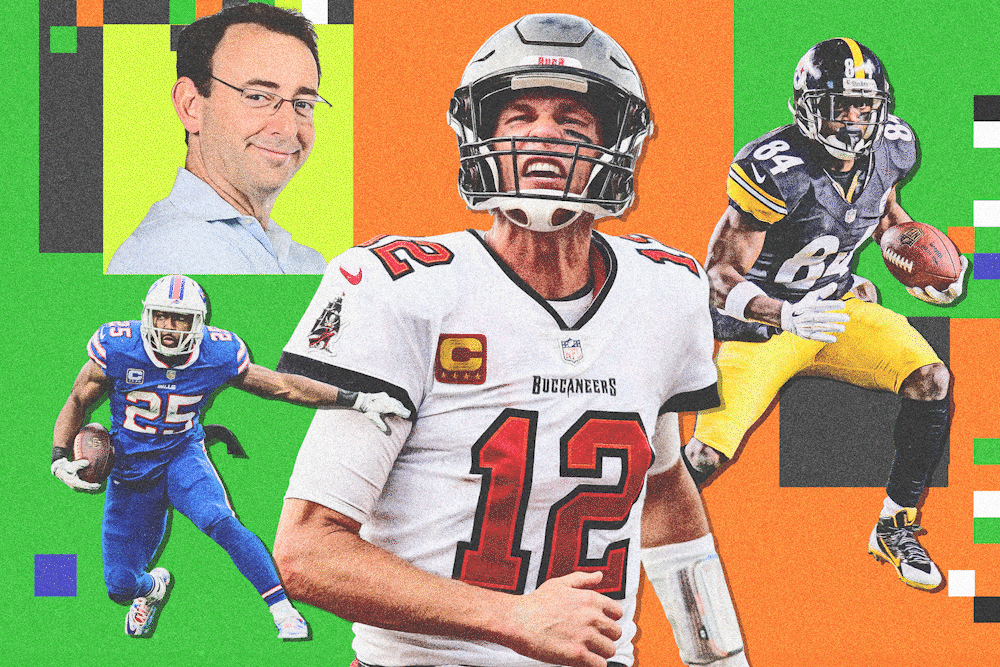
Eric MoodyI quickly learned that fantasy football is amazing and cruel.
Eric Karabell
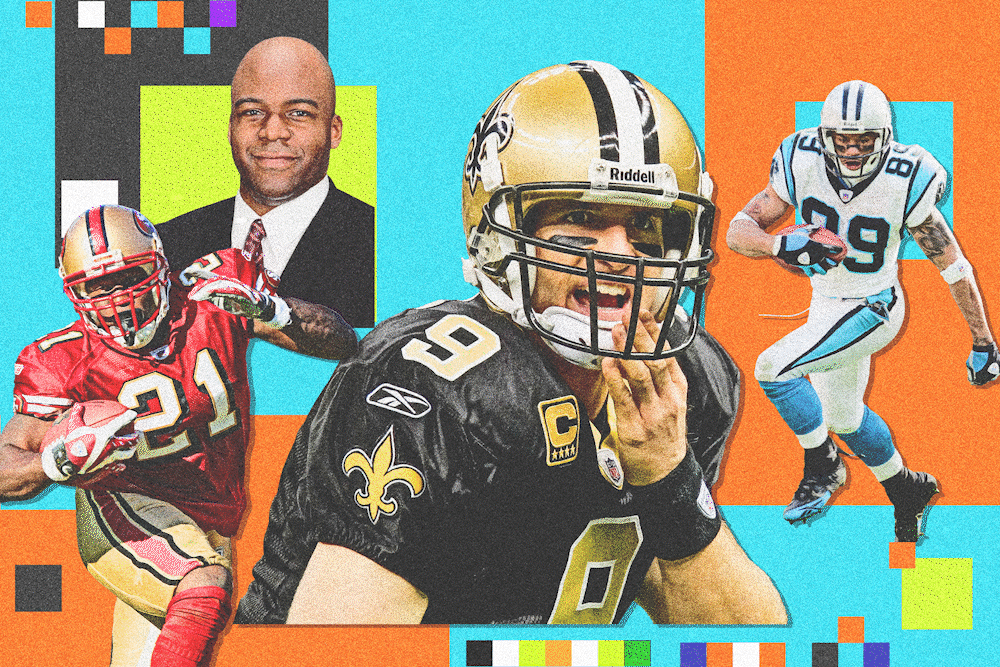
Tristan H. CockcroftPositional tiers are useful in any fantasy football format, including one with as broad a scope as this.
Eric Moody

Daniel DoppRunning backs are not remotely valuable dynasty options like people believe.
Tristan H. Cockcroft

Mike ClayDon’t wait and miss out on all the good tight ends.
Daniel Dopp

Field YatesDon’t overthink it when it comes to superstar talents.
Mike Clay
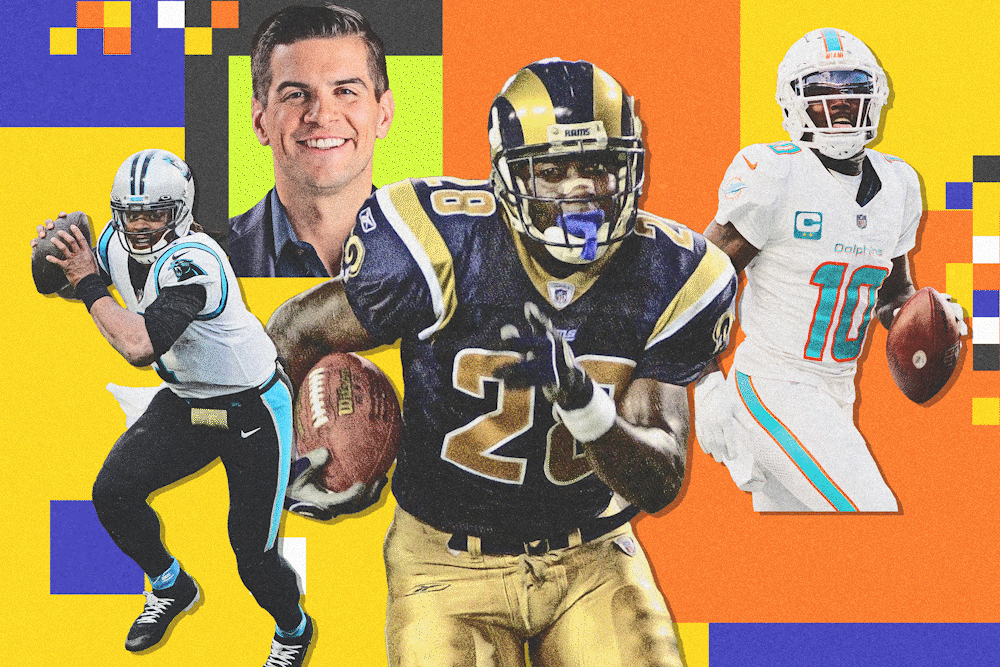
Liz LozaThe most important part of any fantasy draft is to always be agile.
Field Yates

High-performing players who offer longevity and consistency are easily underestimated.
Liz Loza
Tyler Fulghum

Matt BowenI could be adding a new filter to my player database that shows peak weeks scoring (games of more than 25 points) and consistency (top 10 weeks).
Tyler Fulghum
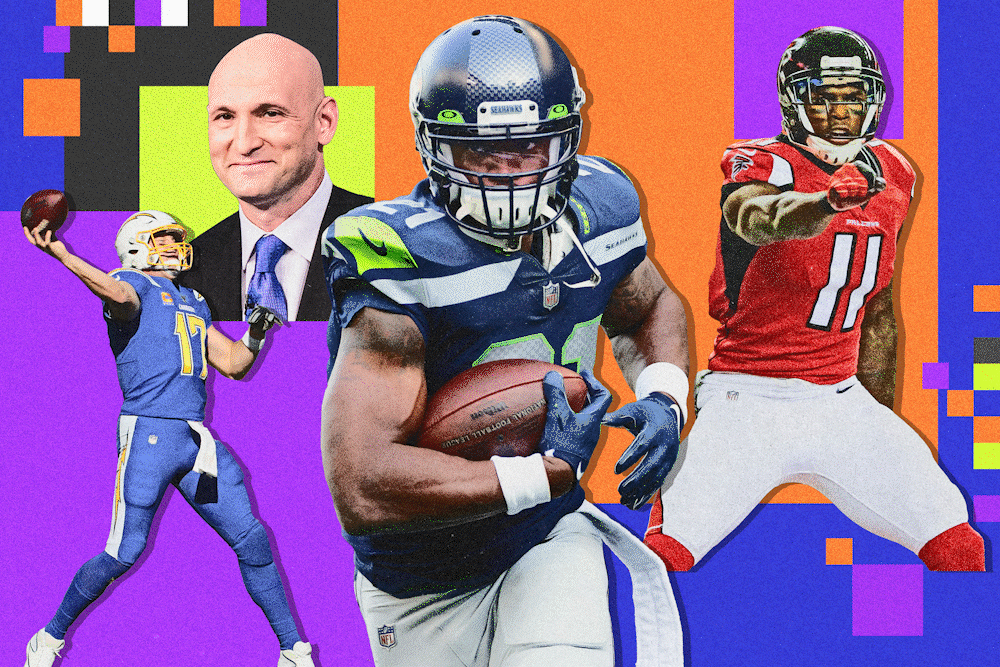
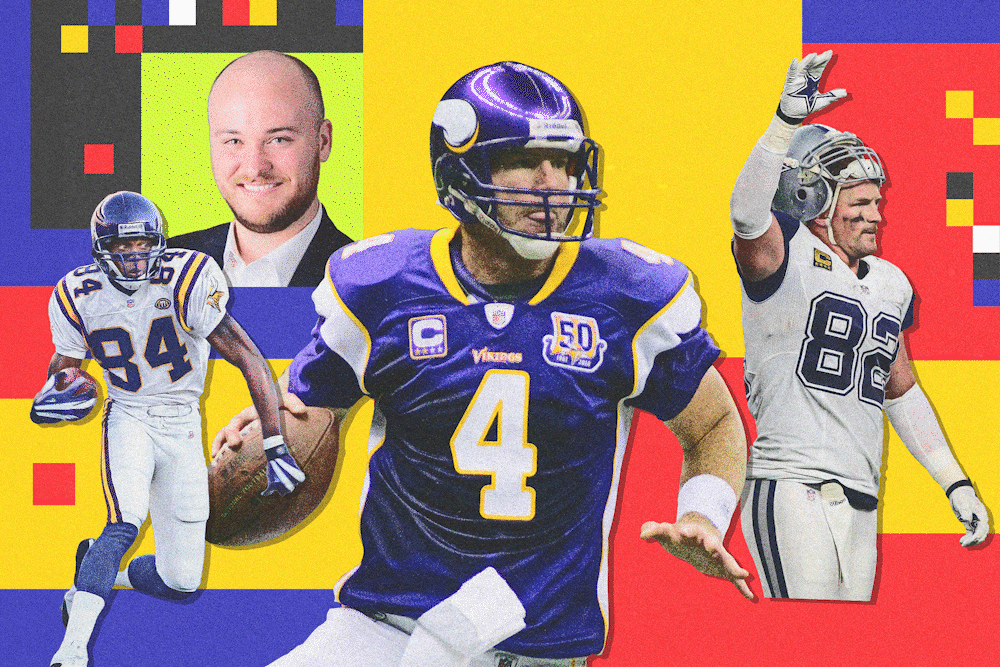
Flexibility during any draft is crucial.
John Parolin







